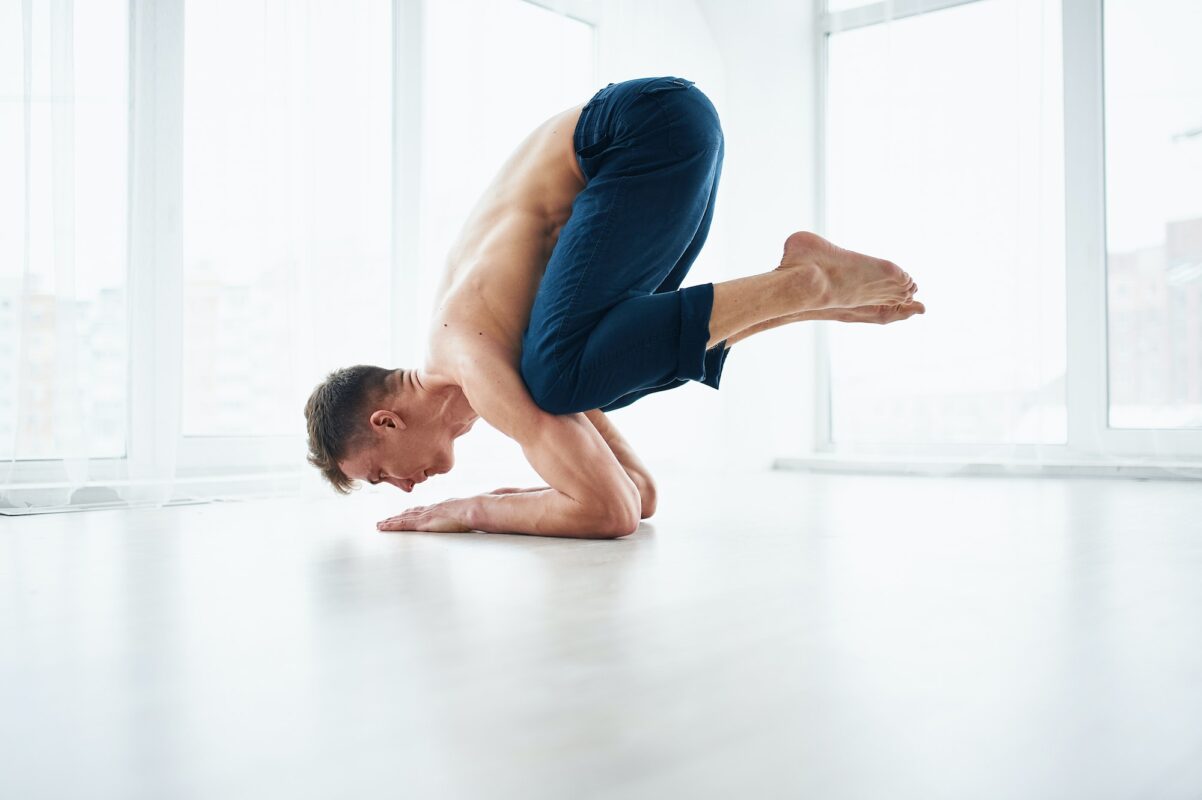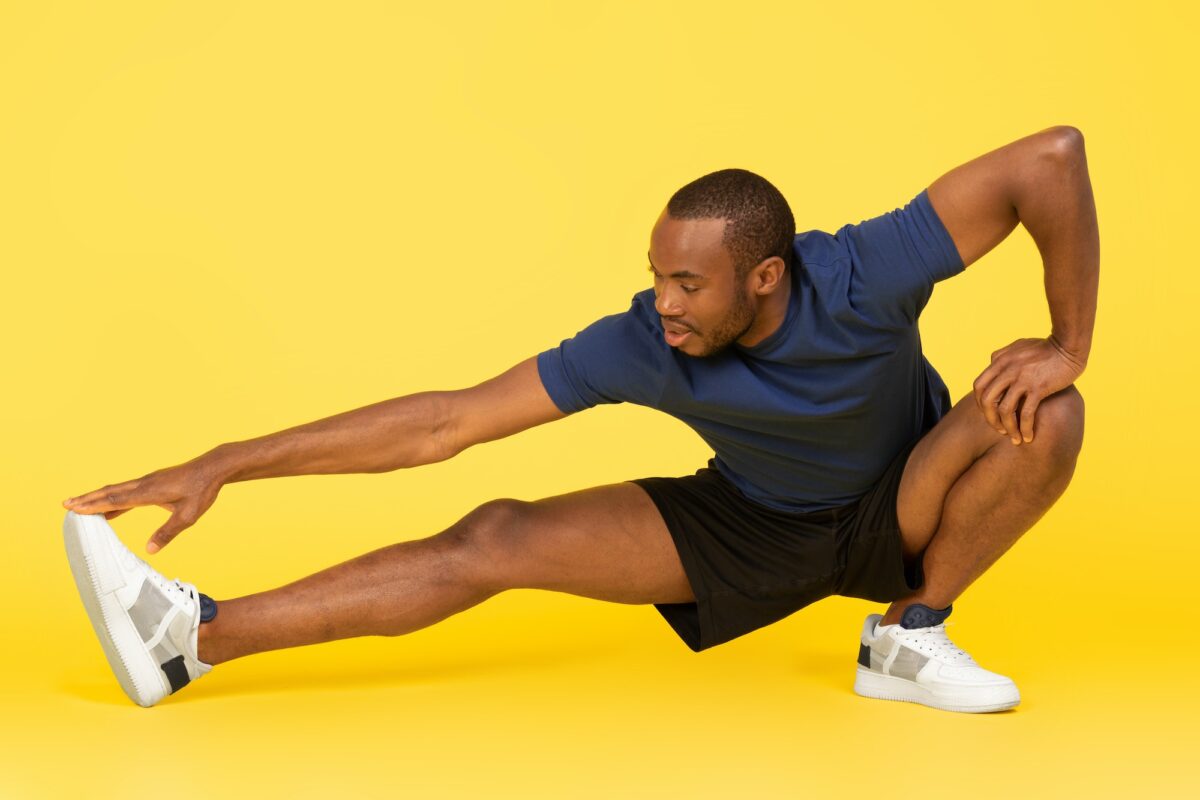Range of moton. Flexibility. Mobility. What’s the difference?
If you’ve gone to physical therapy in the past, these words might have come up more than a few times (particularly during testing sessions to see how your recovery or rehabilitation is going). You also probably hear your physical therapist refer to “active range of motion” and “passive range of motion.” So, let’s figure out what all of these words means exactly and why they matter!
What is Range of Motion?
Joint range of motion refers to the ability of your joint to move through it’s movements. “Passive range of motion” (also known as passive ROM) is when the range of motion is achieved via an external force, such as a physical therapist. “Active range of motion” (also known as active ROM or AROM) on the other hand, means you’re actively contracting your muscles and body part to achieve the range of motion.
Range of motion can significantly vary based on your fitness and health, as well as whether or not you’re facing an injury, such as a dislocation or damage to the ligaments or soft tissue. It can also become limited due to inflammatory diseases causing dysfunction, such as osteoarthritis, ankylosing spondylitis, and rheumatoid arthritis.
At a physical therapy, orthopedic, or sports medicine appointment, your practitioner will measure your full range of motion at the affected joint using a goniometer. One of the goals of rehabilitation is to achieve a normal range of motion, since injury or disease often causes a limited range of motion. Doing so, usually involves movement of a joint, such as performing dynamic stretches (which are frequently used for active recovery) and static stretches, as well as exercises targeting muscle strength to support the specific joint in question.
Why Does Range of Motion Matter?
Range of motion matters because it impacts your flexibility and mobility. Flexibility is the ability of your joint to move through pain-free and unrestricted movement, such as being able to easily perform elbow flexion to touch your hand to your shoulder. Meanwhile, mobility refers to your general ability to move, such as your ability to walk from point A to B, and this largely depends on having normal range of motion in your joints that are required for walking. Maintaining independence as you age largely depends on these factors, which means they are important to maintain for your overall health and quality of life.

How Can You Improve Your Range of Motion?
Range of motion exercises (ROM exercises) can help you achieve and maintain optimal range of motion. Some equipment you may consider using for such exercises include:
- Bands
- Yoga blocks
- Foam rollers
- Yoga balls/Lacrosse balls/Massage balls
- Stretching straps
- Yoga or exercise mat
These tools can help you perform passive motion exercises, such as stretching exercises, eventually helping you achieve the ideal active range of motion of specific joints.
For instance, a stretching strap can help you perform an active-assistive range of motion exercise by guiding your legs to a certain range. You might use it to stretch your hamstrings or guide your leg into the farthest available range of adduction while lying on your back. Meanwhile, you can perform active range of motion exercises, such as lifting your leg behind you to perform a quad stretch, quite freely and without tools (in fact, if you really don’t want to purchase any special equipment, you don’t have to!).

Types of Exercises for Improve Range of Motion
As mentioned, there are various types of range of motion exercises. These include:
- Passive range of motion (PROM) – A tool or outside force, such as therapist, is used to move the joint. (Example: Lying on your back and using a strap to pull your leg upward.)
- Active assisted range of motion (AAROM) – Partial assistance is used from an outside force, such a person or tool. (Example: Lying on your back and partially using your own muscles to bring your leg up and using the strap to guide it further.)
- Active range of motion (AAROM) – You move the specific joint using your own muscles. (Example: Lying on your back and ctively bringing your leg straight up without assistance.)
Did You Know?
- Joint range of motion decreases with age, making it that much more important to maintain and work on regularly!
Final Thoughts…
Range of motion is, undeniably, important. It helps you move freely, without limits, restrictions, or risk of injury. For any active individual, it’s also important to be able to perform certain exercises and training regimes. For example, ankle range of motion can severely limit your squat and other exercises.
Make sure you include range of motion exercises, such as stretches, as part of your regular regime. Future you will thank you!
Source link: https://athleticmuscle.com/range-of-motion/ by Krista Bugden at athleticmuscle.com






